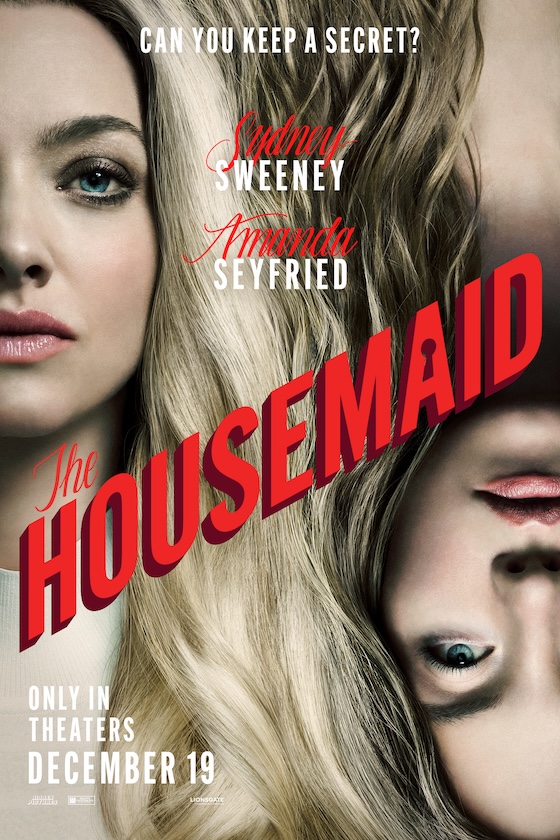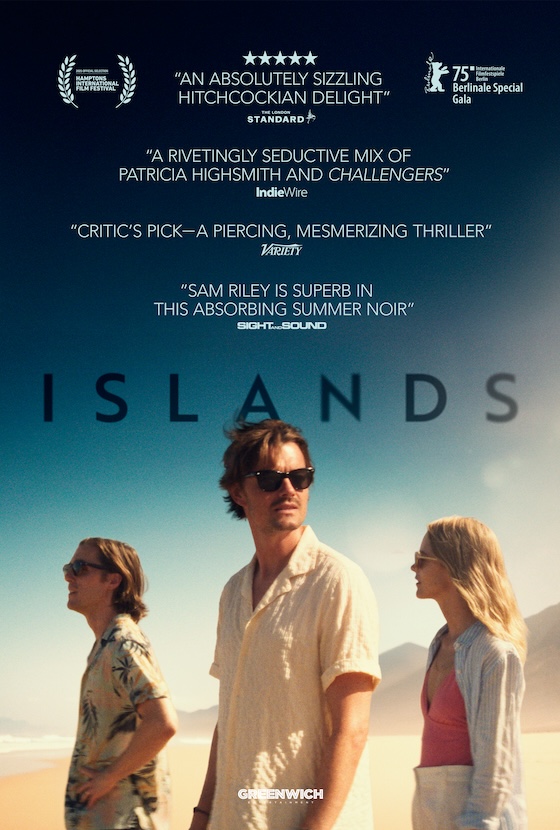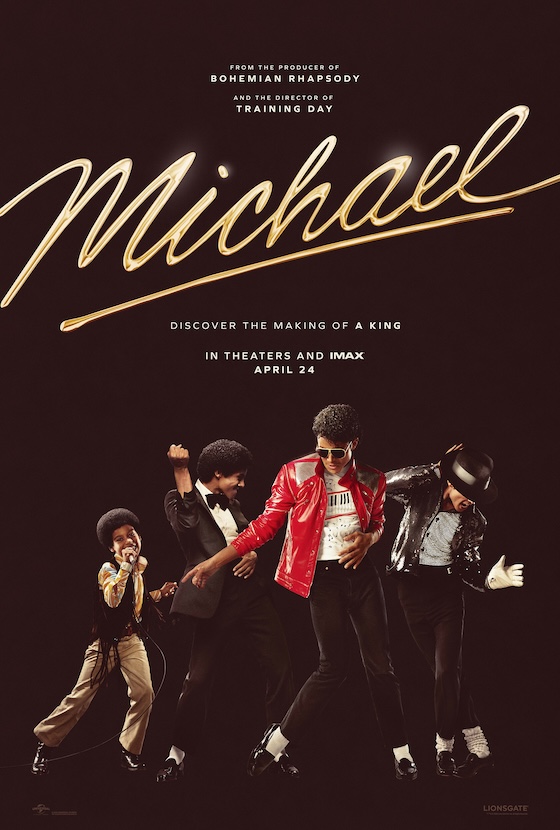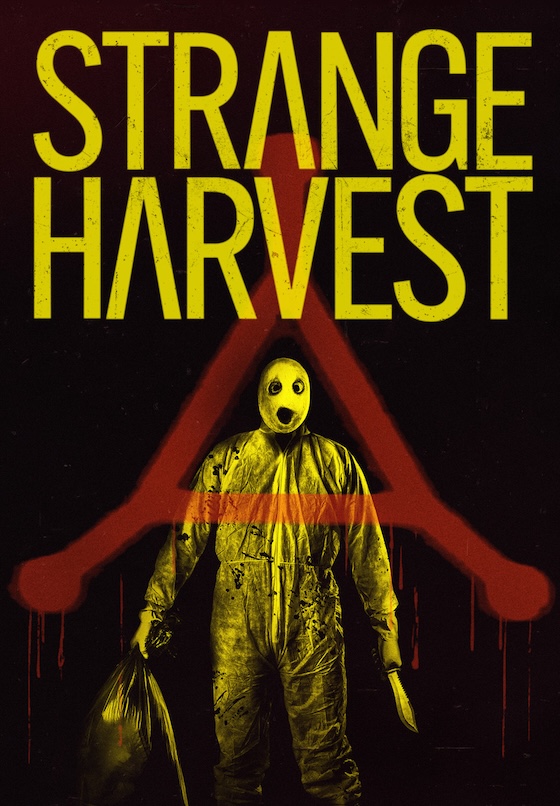{2jtab: Movie Review}

|
![]()
The script goes, “Fear was lurking in every corner of town. Who was still healthy? Who was sick?” No, this isn’t from the pages of a Dr. Seuss book. This is from the Intertitles of F.W. Murnau’s Nosferatu: A Symphony of Horror; the first and the absolute best Vampire film in our cinematic history. It is also a cornerstone in the horror genre. And while it was originally filmed in 1922, nothing about the film lags, drags, or feels dated. Nosferatu stands the test of time.
Beware the shadows. That’s the first thing you need to know about the film’s effect upon the soul. The second is that Nosferatu is the place a lot of other vampire films come to rip off. Whether it be the music, the scenes, or the makeup, Murnau’s film is always the well that horror drinks from. You’ll spot the familiar scenes from the start and wonder how so many directors get away with the theft of material.
Nosferatu – who owes its life, according to its screenwriter Henrick Galeen, to the witnessing of a spider sucking the juice out of a fly - is an unofficial adaptation of Braum Stoker’s Dracula but this is a loose adaptation and, as the names have been changed to protect the original material, has less to do with religious beliefs (the whole “blood is life” idea) and more with the fear the lurks about in the language of shadows. And while it is true that Stocker’s estate sued and had all copies of the film destroyed, one print survived and one print is all you need to create a lasting influence.
Starring Max Shreck as the mysterious Count Orlok, this German Expressionist horror film tells the story of Thomas Hutter (Gustav von Wangenheim) and his loving wife Ellen (Greta Schröder) who are separated by a business transaction that takes Hutter on a long journey in the Carpathian mountains to Orlok’s castle. When Orlok gets one single glimpse of a picture of Ellen, he is suddenly stricken and must have her. Orlok’s bizarre behavior is disturbing and Hutter starts to suspect that Orlok is Nosferatu, the "Bird of Death."
And, in the morning, the Bird of Death has flown. Hutter has to race home while Orlok, his coffins, and his plague-bringing rats make their sea voyage to Hutter’s wife. Death follows wherever the coffins go. Dark romanticism is at the very heart of Nosferatu as the vampire makes his way to Ellen, plotting each turn and twist of his steely claws. He wants her and needs her and will have her.
Complex in form, style, and in fuction, Nosferatu is an absolute masterpiece. It is a work of art; each frame speaks to the stirrings of the soul. Murnau, with insinuating shadowplay and wonderful make-up effects, adds many layers to the film. There are many classic moments in the film; a cinematographer’s dream to be precise. This only adds to the overall feeling of dread and realism which permeates the film. The release is a must own for any true horror fan or film buff.
Try to sleep tight. F.W. Murnau's silent film classic now haunts viewers at home on a brand new high-definition restoration.
{2jtab: Film Details}
 MPAA Rating: Not rated.
MPAA Rating: Not rated.
Runtime: 81 mins
Director: F.W. Murnau
Writer: Henrik Galeen
Cast: Max Schreck, Greta Schröder, Ruth Landshoff
Genre: Horror | Classic
Tagline: A Symphony of Horror
Memorable Movie Quote: "It will cost you sweat and tears, and perhaps... a little blood."
Distributor: Film Arts Guild
Official Site:
Release Date: June 3, 1929
DVD/Blu-ray Release Date: November 12, 2013
Synopsis: Vampire Count Orlok expresses interest in a new residence and real estate agent Hutter's wife. Silent classic based on the story "Dracula."
{2jtab: Blu-ray Review}

|
||||||||||||||||||
Blu-ray Details:
2-Disc Deluxe Remastered Edition
Available on Blu-ray - November 13, 2013
Home Video Distributor: Kino International
Screen Formats: 1.33:1
Subtitles: English
Audio: English: DTS-HD Master Audio 5.1; English: LPCM 2.0
Discs: 50GB Blu-ray Disc; Two-disc set (2 BDs)
Region Encoding: Region A
The brand new high-definition restoration by Friedrich-Wilhelm-Murnau-Stiftung is presented by Kino Classics. The two Kino transfers are essentially single-layered. They have noticeable damage marks and scratches. The film is old so a pristine print is not to be expected. That being said, the notable use of artifacts and support of grain helps the transfer overcomes any flaws in the transfer. As the film is also in the public domain, this release – with a transfer overseen by Luciano Berriatúa on behalf of Friedrich-Wilhelm-Murnau-Stiftung - is quite simply the best Nosferatu has ever looked on home video. Kino includes Hans Erdmann's original 1922 score in 5.1 Surround (DTS-HD) or 2.0 Stereo (LPCM).
Supplements:
Commentary:
- Shockingly, the fabulous audio commentary track from Lokke Heiss - an expert on German films - that once graced the DVD is not included. There are no commentaries.
Special Features:
The Blu-ray supplements include two versions of the film; Original German Intertitles (with optional English subtitles); English Intertitles; The Language of Shadows - a 52 minute documentary chronicling the early career of F.W. Murnau; A collection of clips and highlights from other F.W. Murnau films; and a Photo Gallery.
- The Language of Shadows (52 minutes)
- F.W. Murnau Film Excerpts (30 min)
- Promotional Teaser (1 min)
- Image Gallery
{2jtab: Trailer}
{/2jtabs}
































